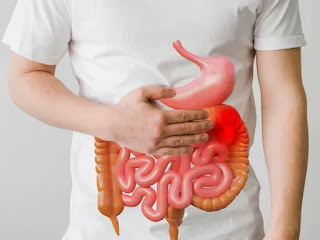A stroke is a medical emergency that occurs when the blood supply to the brain is disrupted, resulting in brain damage. Strokes can be caused by a clot blocking the blood flow to the brain (ischemic stroke) or by bleeding in the brain (hemorrhagic stroke). The symptoms of a stroke may include weakness or numbness on one side of the body, difficulty speaking or understanding speech, problems with vision, and difficulty with balance or coordination.
Stroke rehabilitation is the process of helping individuals recover from the effects of a stroke and regain as much independence as possible. Rehabilitation may involve a range of therapies, including physical therapy, occupational therapy, speech therapy, and cognitive therapy.
Rehabilitation may also involve lifestyle changes, such as following a healthy diet and exercise plan, to support recovery and prevent future strokes. The goal of stroke rehabilitation is to help individuals regain as much function and independence as possible and improve their quality of life. Stroke rehabilitation is an important process that helps individuals recover from the effects of a stroke and regain as much independence as possible.
Here are some general guidelines for stroke rehabilitation:
Start rehabilitation as soon as possible: Early rehabilitation can help to optimize recovery and minimize the impact of the stroke.
Follow a personalized rehabilitation plan: Rehabilitation plans should be tailored to the individual's specific needs and goals.
Engage in a variety of therapies: Rehabilitation may involve a range of therapies, including physical therapy, occupational therapy, speech therapy, and cognitive therapy.
Practice regularly: Consistent practice is important for progress and improvement.
Set realistic goals: It is important to set achievable goals and work towards them at a pace that is comfortable for the individual.
Seek support: Support from friends, family, and healthcare professionals can be beneficial during the rehabilitation process.
Be patient: Recovery from a stroke can take time, and it is important to be patient and understand that progress may not always be linear.
Exercise for Stroke Recovery
The best exercises for stroke recovery will depend on the individual's specific needs and abilities, as well as the type and severity of the stroke. However, some general exercises that may be helpful for stroke recovery include:
Range of motion exercises: These exercises involve moving the limbs through their full range of motion to help improve flexibility and mobility.
Strengthening exercises: These exercises help to build strength and endurance in the muscles affected by the stroke.
Balance and coordination exercises: These exercises can help to improve balance and coordination, which may be impaired after a stroke.
Aerobic exercise: Moderate intensity aerobic exercise can help to improve cardiovascular fitness and overall health.
Cognitive exercises: These exercises can help to improve cognitive function, such as memory and problem-solving skills.
It is important to consult with a healthcare professional or rehabilitation specialist to determine the most appropriate exercises for an individual's needs and abilities.




Comments
Post a Comment